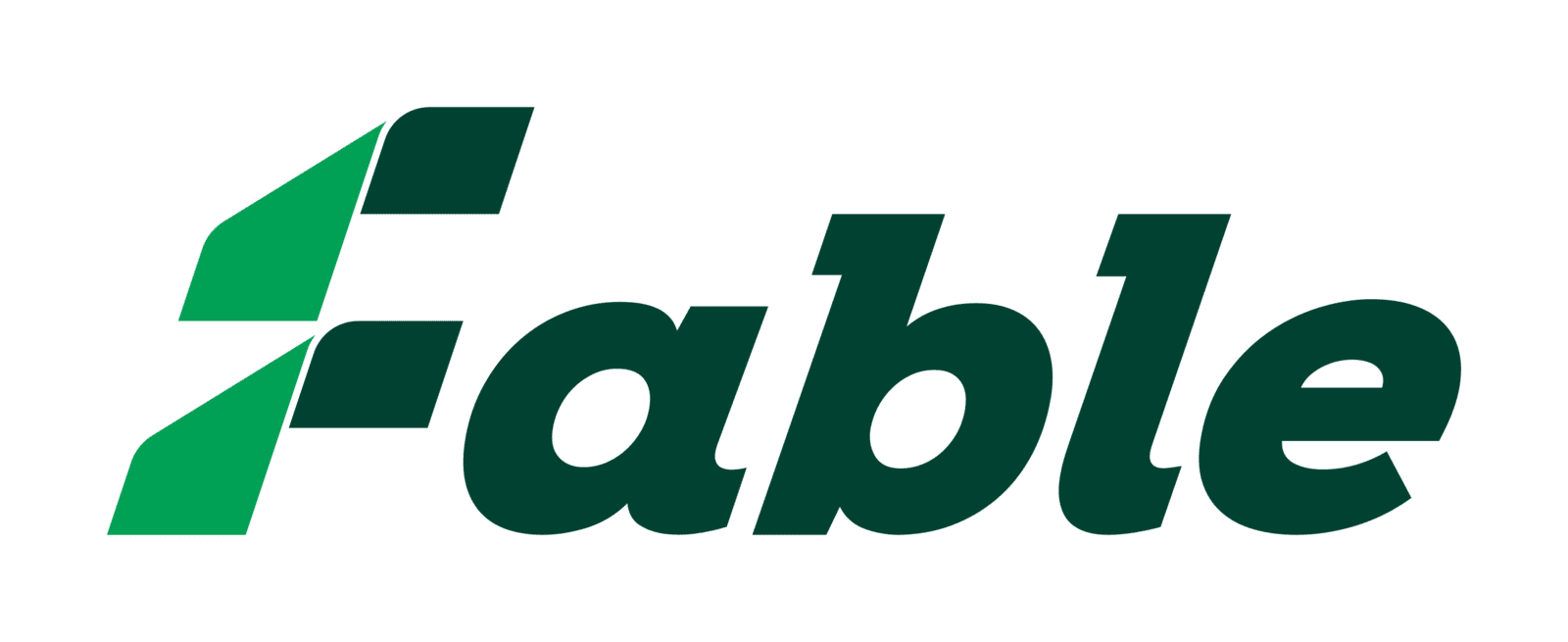Fintech vs Finlogy
Fintech vs Finlogy
Once upon a time, there was a blind man who lived with his wife in a small hut. He led a virtuous life. Impressed by his devotion, God decided to reward him with riches. God paid him a visit in his dreams and told him to expect some guests the next day.
| Table of contents |
|
Why are bank-fintech partnerships failing?
Many banks lack the FinLogic required to exploit the technological as well as the competitive advantage that FinTechs could provide. Banks have been known to dive into technologies like Artificial Intelligence for predictive data analysis, or API(s) for real-time money exchange. Before collaborating with third-party firms that offer buzz-word solutions to pretty much all the problems in the book, banks have to explore a logical approach to address the weak points in their offerings. After this evaluation of their services, they can adopt a technological solution based on logic instead of the other way around.
What is FinLogic?
FinLogic requires banks to identify the weak points and loopholes in their system of conducting business. It drives them to look for technology-based solutions that mitigate these challenges. Simply, do not adopt technology to sound “innovative and adaptive”. Set your strategic goals, find key areas for improvement, look for technology that could help you improve in those key areas, and set up a strategic framework to achieve objectives.
FinTech v/s FinLogic
Learning the lesson from the greedy neighbour, banks and financial firms must delve deeper into their own goals and visions for the future before investing in technology buzzwords that seem to take over the industry. Here are the things to consider before investing in FinTech collaboration:
- Determine strategic goal in quantifiable terms.
- Seek a developer community to gain the right information and advice on how to achieve your goal.
- Evaluate whether you are seeking a strategic partner or simply an outsourced agent to develop a new product.
- Check and analyse different offerings.
- Form a dedicated team of experts from the financial as well as technology domains to manage fintech partnerships.
- Be open to organizational changes for an agile production environment. FinTechs and banks evolved in different eras and their work models and processes reflect the difference. Banks, no matter how comfortable they are in their ways, will have to be open to new ways of doing business.
Conclusion
For banks to become successful platform players, a shift in the mindset must come before a technology shift. Mindless replication and trend following will do more harm than good in the long run. There is a plethora of FinTechs with dedicated offerings. A banks’ decision to collaborate with FinTechs must be guided by FinLogic which reflects their long-term strategic goals.
To acquire the platform, book a demo with the Fable Fintech cross-border platform experts;
